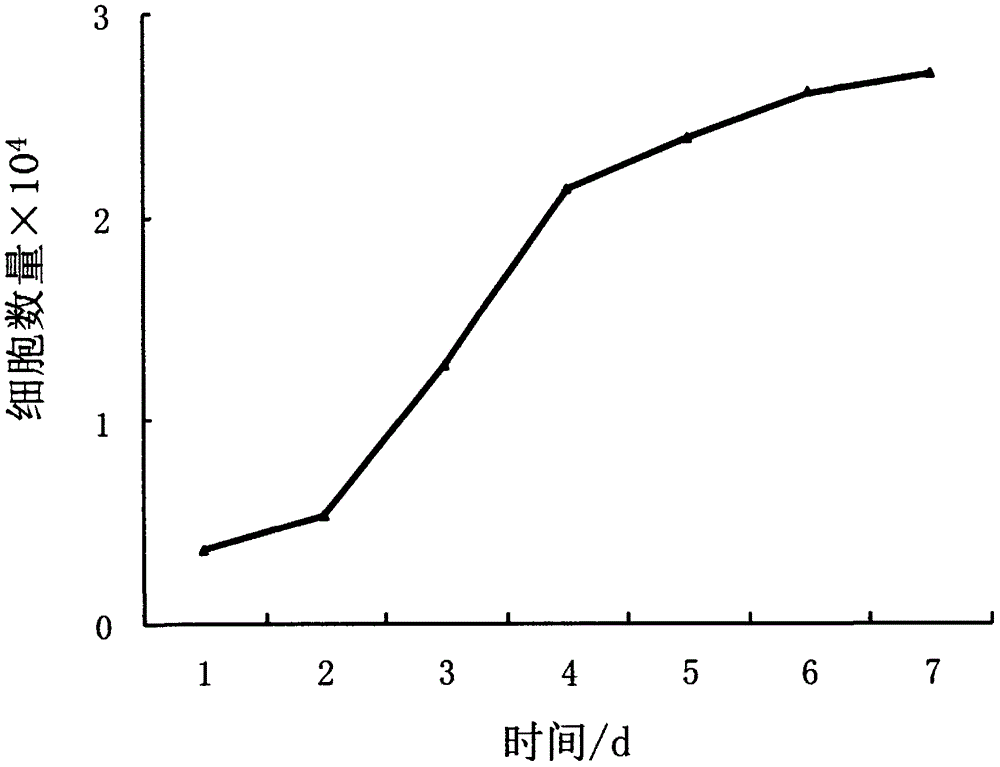A kind of fine wool follicle stem cell separation and culture method
A technique for isolating and culturing stem cells, applied in the field of separating and culturing fine wool follicle stem cells, which can solve the problems of limiting hair follicle stem cell research and the limited number of hair follicle stem cells
- Summary
- Abstract
- Description
- Claims
- Application Information
AI Technical Summary
Problems solved by technology
Method used
Image
Examples
Embodiment Construction
[0019] The technical solutions of the present invention will be further described in detail below in conjunction with specific embodiments.
[0020] The genetic resources of the fine-wool sheep involved in the present invention are named Gansu alpine fine-wool sheep, which are collected in Gansu Province, China.
[0021] A method for isolating and culturing fine-haired wool follicle stem cells. Firstly, neutral protease (Dispase) is used to separate the epidermis and dermis of the skin, so as to facilitate the purification and cultivation of hair follicle stem cells. In order to obtain purer hair follicle stem cells, a combination of mechanical separation and enzyme digestion is used to separate complete hair follicles and pure hair follicle stem cells: first, use type I collagenase to separate the skin surface and dermis, then pull out the hair follicles, and then The hair follicles were digested with trypsin, and then the hair follicles were cultured in a medium containing e...
PUM
 Login to View More
Login to View More Abstract
Description
Claims
Application Information
 Login to View More
Login to View More - R&D
- Intellectual Property
- Life Sciences
- Materials
- Tech Scout
- Unparalleled Data Quality
- Higher Quality Content
- 60% Fewer Hallucinations
Browse by: Latest US Patents, China's latest patents, Technical Efficacy Thesaurus, Application Domain, Technology Topic, Popular Technical Reports.
© 2025 PatSnap. All rights reserved.Legal|Privacy policy|Modern Slavery Act Transparency Statement|Sitemap|About US| Contact US: help@patsnap.com


